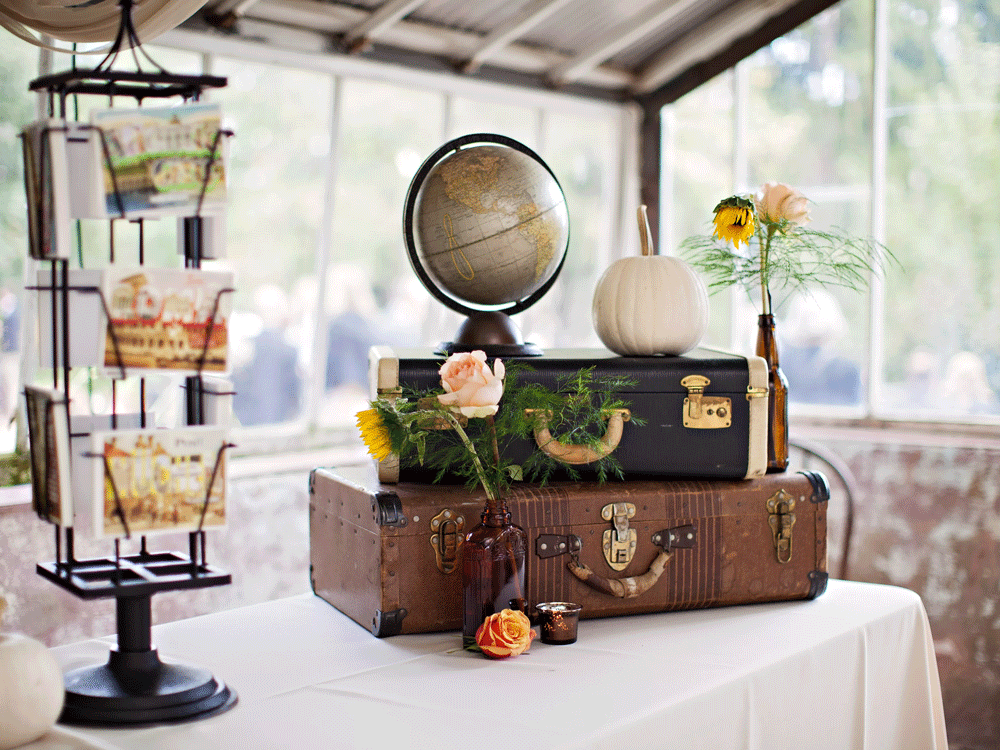In 1902, Nicola Kartvelishvili, a son of Georgian nobility, returned to Tbilisi from his musical studies in Paris, found a job at the local opera house, and commissioned the home of his dreams. Sparing no expense, he hired Simon Kldiashvili, the leading light of Tbilisi’s burgeoning Art Nouveau architecture scene, to create a townhouse with sinuous balconies, 15-foot-high ceilings, murals of Venice in the living room, and a Middle Eastern–style lounge where the dashing Kartvelishvili could retreat in the evenings with friends. The design was a triumph, but within a few years, the musician lost his home to the bank, and by 1921, following the fall of the Russian empire, Red Army troops were marching into Tbilisi in their takeover of Georgia. Now, after more than a century of abuse and decay, the Art Nouveau structure has undergone a miraculous restoration at the hands of Eka Papamichael, a Tbilisi-born interior designer, and her husband, Phedon, the renowned Greek cinematographer. Here, Papamichael shares the story of her unique family home.
ELLE Decor: How did you find this spectacular apartment?
Eka Papamichael: It came to our attention through a friend who was looking to buy a home in Tbilisi, which is my hometown. He sent me some photos, and I immediately recognized the building. It is in a historical neighborhood on the left bank of the Mtkvari River, a great location with antiques shops, cafés, and the Dry Bridge flea market. Fortunately, he changed his mind and we bought it in 2016.
ED: Is Tbilisi known for its Art Nouveau architecture?
EP: Yes. It is one of the great Art Nouveau cities of Europe. Our building is one of the earliest examples. It has a remarkable facade with wavy iron balconies, and in the back, there are traditional Georgian timber-and-glass balconies overlooking a courtyard with century-old trees. In 2002, the World Monuments Fund placed Georgia’s Art Nouveau buildings on its list of endangered sites. Many of the buildings are awaiting proper attention and care.
ED: What condition was your home in when you bought it?
EP: It was in very bad shape, having been neglected and vandalized over the years. During the Communist era, houses like this one were divided into smaller apartments for multiple families. Original owners were evicted and sometimes even killed. This apartment was carved up into five smaller ones. Over the years, residents added layers of wallpaper and paint. Primitive heating systems were installed, with gas pipes snaking out from walls, facades, and windows. This was the state it was in when we bought it.
ED: Where did you start with the renovation?
EP: My goal was to uncover the home’s original spirit and blow new life into it. I did not want to sacrifice any of the original frescoes, detail, or woodwork. I finalized a floor plan, then began with the walls. Conservator Lela Ninoshvili oversaw the careful removal of multiple layers of wallpaper, stucco, and paint. I also hired a carpenter to preserve the woodwork, which was very complex. The parquet floors consisted of a mosaic of many wood grains. The Art Nouveau window frames were also very fragile. We used only reversible conservation methods and materials and made minimal interventions in order to preserve the home’s architectural and artistic features.
ED: Did you uncover any surprises?
EP: The whole experience was like working on an archaeological site. The biggest find was in the dining room, where we discovered frescoes of gnomes hunting, eating, drinking, and playing instruments. They are absolutely unique—there is nothing like this in Tbilisi from that era. We also found a large arch in this space that was sandwiched between two walls. I made it a central design element and installed steel-and-glass doors to give a modern feel to the space. Another contemporary element is the 23-foot-long stainless steel kitchen.
ED: What was your approach to decorating the space?
EP: I wanted this house to keep its eclecticism and marry it with my own sense of aesthetics. The dining room furniture and lighting are Italian from the 1950s. The living room’s rocking chair is by the architect and furniture designer Gregg Fleishman, whom I worked with in California. There are antique Russian chandeliers and vintage Georgian kilim rugs that I have collected over the years.
ED: How much time do you spend in this house?
EP: As much as I can. Because my husband, Phedon, is a cinematographer—he has worked on films like Ford v Ferrari—we live in Los Angeles, and our kids go to school there. When my husband is shooting, I prefer to spend time in Tbilisi. This city is full of memories for me.


